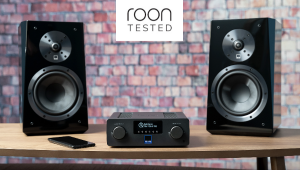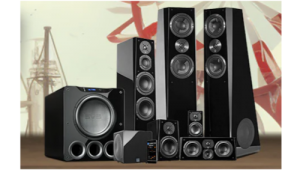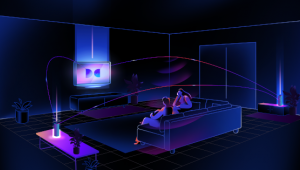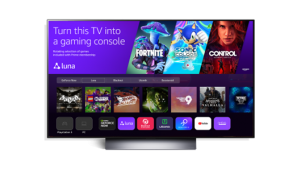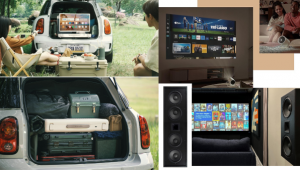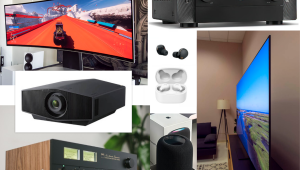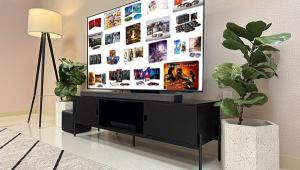Most of DTV Transition Yet to Come

When the FCC published its list of stations that made stage one of the phased transition, the list contained a seemingly healthy 36 percent of full-power TV stations. However, even a casual glance at the list made it obvious that the biggest TV markets--such as New York, Los Angeles, and Chicago--had yet to make the transition.
In fact, those 36 percent of stations included only 15 percent of U.S. TV households and 15.5 percent of over-the-air TV households, according to a statement (PDF) by Eloise Gore, associate bureau chief of the FCC Media Bureau. That means the bulk of the pain will come when stage two of the phased transition hits the remaining 84.5 percent of OTA households on June 12. "While we are proud of the successful results and relatively smooth transition on [February] the 17th," said Gore, "we must be mindful that this is just the beginning and that the largest impacts lie ahead of us."
The seriousness of the challenge emerged in a statement (PDF) by Cathy Seidel, chief of the FCC Consumer and Government Affairs Bureau: "Because the stations that completed their transitions reach only about 15% of the nation's households, many more consumers will be affected by stations yet to complete their transitions. It is therefore anticipated that the Commission will be unable to adequately staff, with FCC resources alone, all of the markets that will be completing their transitions by June 12, 2009." The highest number of calls for help received during the week of the February 17 deadline was 28,000. If that included only 15.5 percent of over-the-air households, it seems reasonable to assume that the number of calls on June 12 will be five or six times that number--well over the 100,000-call capacity of the FCC call centers in February.
According to a slide presentation (PDF) by Andrew Martin, the FCC's chief information officer, 28.8 percent of February calls were about problems with the converter box program, 21.9 percent about reception and technical problems, 17.3 percent about initial difficulties with converter boxes, 11.9 percent about not receiving signals, and 8.4 percent about other problems. The percentage of households that were aware of the transition but failed to act was 7.6; the percentage unaware of the transition was 4.7.
Concerning the supply of converter boxes that keep old analog TVs running, there was some good news (PDF) from Christopher A. McLean, executive director of the Consumer Electronics Retailer Coalition: "From a retail perspective, the remarkable thing about February 17th and 18th is that nothing remarkable happened. In fact, it appears that for some CERC members, the week of February 17 was a slower week for converter box sales than the previous week.... In general I am pleased to report that as of now our members have stock on the shelves and new supplies are on the way." Other reports indicate that the federal subsidy coupons have begun flowing again. They reduce the cost of set-top box purchases for low-income households.
Acting FCC chair Michael J. Copps made two points in his statement (PDF): "First, our efforts must put consumers first--particularly the most vulnerable among us.... Second, we must tell Americans the truth. They don't want their information sugar-coated, nor do they want it alarmist. They want it straight. They will forgive a lot, but they won't forgive being lulled into a false sense that the transition will be less disruptive or less expensive than it turns out to be."







